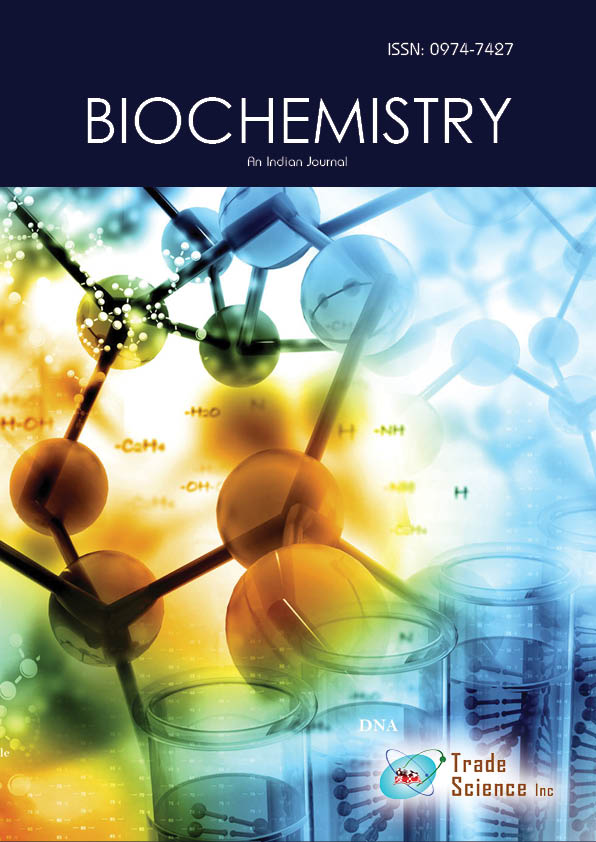నైరూప్య
Heavy metals in mangrove sediment of mengkabong lagoon, sabah: Multivariate and enrichment approaches
Sarva Mangala Praveena, Amran Ahmed, Miroslav Radojevic, Mohd Harun Abdullah, Ahmad Zaharin Aris
The intertidalmangrove environment ofMengkabong lagoon is important as it supports the local fishing activities, nursery grounds for many fish and shellfish species, and as well as being central for ecotourismactivities. The study showed that in general, the physicochemical parameters(pH, salinity and electrical conductivity), granulometric fractions, organic matter, base cations(Na, K, Ca and Mg) and heavy metals (Fe, Cu, Pb, Zn and Al) showed an increasing loadings at high tide compared to low tide. Multivariate statistical techniques, principal components analysis(PCA) and cluster analysis(CA), were employed to better interpret information about the sediment and its controlling factors. The PCA results revealed six controlling factors at high tide while seven at low tide. In CA there are two district clusters were identified at high and lowtide. The calculation of geoaccumulation index(Igeo) suggests the Mengkabong mangrove sediments could be classified as having background concentrations ofAl, Cu, Fe, and Zn as unpolluted with regard to Pb.
